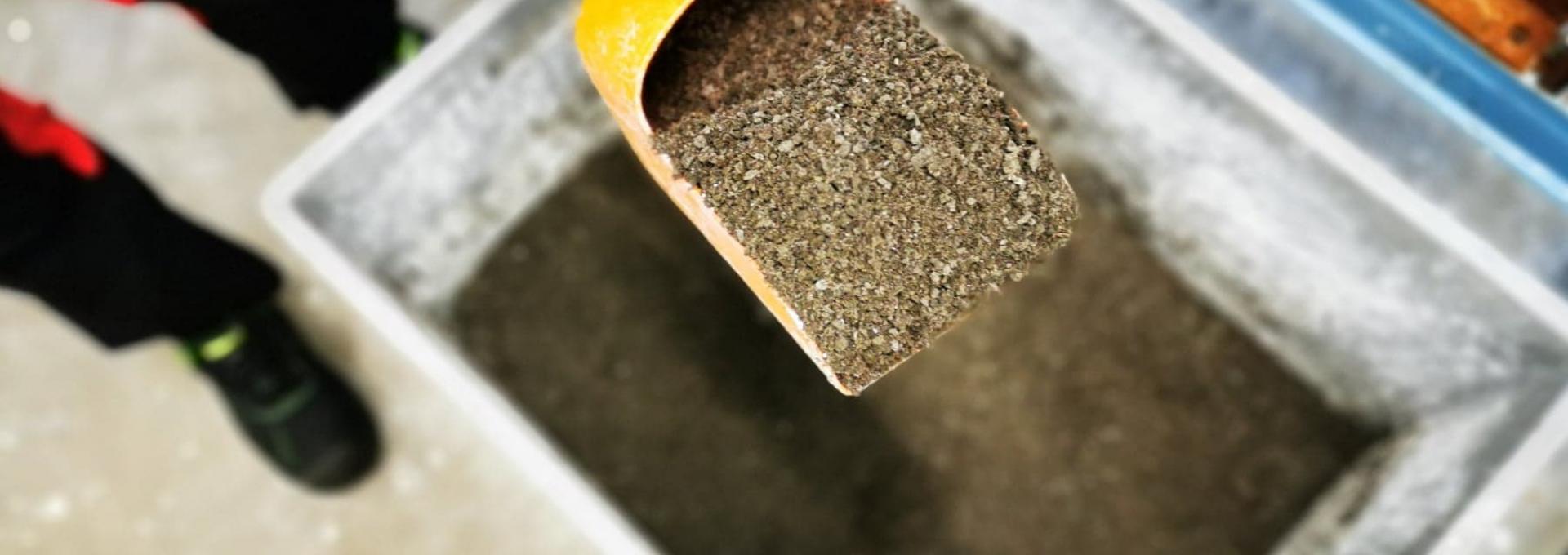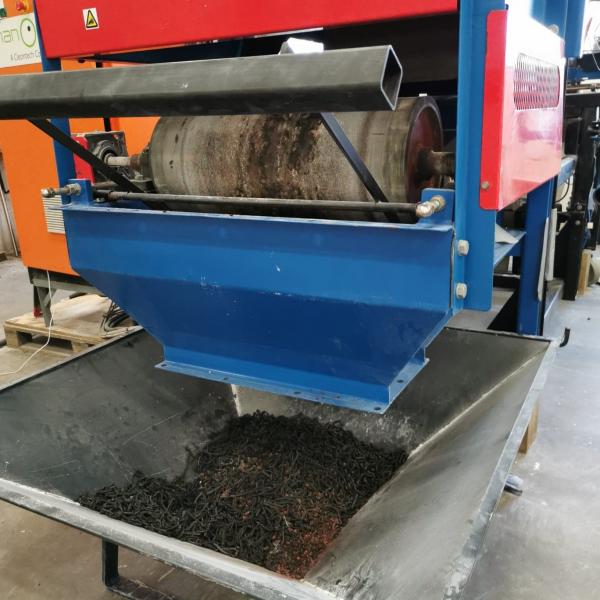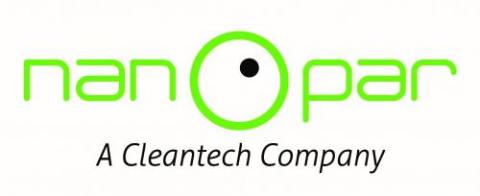FOR THREE YEARS NOW, PUUMALA GOLF HAS BEEN FERTILISING SOME OF ITS GREENS WITH RECYCLED FERTILISERS. THE FERTILISERS ARE MANUFACTURED USING THE PASKÍER® PROCESS DEVELOPED BY NANOPAR OY, WHICH IS BASED ON THE INFRARED DRYING OF ORGANIC SIDE STREAMS GENERATED IN THE PROCESS INDUSTRY, BIOGAS PLANTS AND WASTEWATER TREATMENT PLANTS.
– Golf courses are in trouble with their carbon footprints. Recycled fertilisers are a great way to reduce the climate impact, says Mari Tarkkonen, Marketing Manager at Nanopar.
Using Nanopar’s technology, dried organic matter, such as sludge, can be further processed into recycled fertilisers with the same nutrient value as commercial chemical fertilisers. Carbon emissions from recycled fertilisers, on the other hand, are only a fraction of the carbon emissions from chemical fertilisers.
– The carbon footprint of our product is about 5 kilograms of carbon dioxide equivalent (kg CO2eq) per tonne of fertiliser. It has been calculated using the CO2eq of clean electricity. The carbon footprint of nitrogen fertilisers, on the other hand, is 9,700 kilograms per tonne of fertiliser, Tarkkonen says.
Carbon dioxide equivalent is the comparable global warming effect of various greenhouse gases.
Greens in great shape
The Puumala Golf course has a total of nine greens, seven of which have been fertilised with recycled fertilisers for three years. The other two greens have been fertilised with nitrogen fertilisers for comparison. The results are equally good with both fertilisers.
– There is no difference in the condition of the greens. In addition, compared to the current prices of mineral fertilisers, fertilisers produced by our process are cheaper, even when the production costs and the share of the seller are taken into account.
According to Tarkkonen, one green needs about five kilograms of mineral fertiliser twice a year. According to Nanopar’s calculations, the environmental load of seven greens with the same amount of recycled fertiliser is approximately 0.4 kg of CO2eq per year. If all nine greens were fertilised with nitrogen fertilisers, the annual environmental load would be approx. 437 kg CO2eq. In addition, the problem with nitrogen fertilisers at the moment is the high price and the challenges in terms of availability.
The fertiliser used by Puumala Golf is manufactured in Puumala, with Nanopar’s own pilot equipment. The sludge to be processed comes from the Puumala wastewater treatment plant. The transport distance to the golf course is only 12 kilometres.
The equipment developed by Nanopar is a compact and inexpensive investment. In addition, it can be scaled to suit different sizes of treatment plants and industrial applications. The main component, the infrared dryer, can have a power level of a minimum of 3.7 kW and a maximum of 3,024 kW.
– One of the advantages of Nanopar’s technology is the fact that sludge can be processed at its source. There are no fully equivalent solutions – ones that would also enable the further processing of sludge at the treatment plant, Tarkkonen says.
This year, Nanopar will deliver the Paskíer® system for research use to the Sairila biogas plant in Mikkeli, where it will process the digestate residues from the biogas plant.
Nanopar’s technology evaporates water from sludge more efficiently than other thermal treatment methods. The vacuum-assisted infrared dryer uses about 1 kWh of energy to evaporate two litres of water.
After drying, the solid content of the sludge is over 90%. This means direct savings for the customer by eliminating the sludge transport costs and gate fees.
– In carbon footprint calculators, transport is a large part of the environmental load. A significant part of it can be cut off when the sludge is processed on site.
A foggy situation
According to Tarkkonen, nutrients in wastewater treatment plant sludge are a much-discussed topic nowadays. The EU fertiliser legislation does not support the use of sewage sludge as a raw material for fertilisers. According to Tarkkonen, this is not preventing but it is slowing down the commercial production of sludge-based fertilisers.
Within the framework of national legislation, on the other hand, the use of recycled fertilisers could be considerably more diversified.
– Many people want more research and more information on harmful substances, even though a lot of information already exists. The atmosphere is cautious at the moment, he describes.
Fertilisers are also a hot topic because the fertiliser market is in turmoil due to the war in Ukraine. There are many question marks relating to Finland’s fertiliser self-sufficiency and security of supply.
– People know that there are a lot of nutrients in sludge that they want to use, but how? We have a solution to process and make fertiliser from your own sludge on site. In addition, the remaining organic matter supports nutrient activity in the soil.
There has not previously been a standardised calculator for the environmental load of recycled fertilisers. Nanopar is now involved in Suomen Biokierto ja Biokaasu association’s Ilmastolannoite (Climate Fertiliser) project, which is developing a comparable carbon footprint and handprint calculator for recycled fertiliser products. The calculator is based on internationally accepted calculation standards.
– With the help of the calculator, recycled fertilisers can be compared on a product-by-product basis. Various products processed with our equipment can also be compared with each other and then with mineral fertilisers. Of course, some background data is needed for the calculator, Tarkkonen says.
In addition to fertiliser manufacturers, the project also involves representatives of the grain sector and water utilities, for instance. The project is set for completion in May 2023.
For more information, please contact:
Nanopar Oy
Mari Tarkkonen, mari.tarkkonen@nanopar.fi , tel. +358 46 643 3726
More information about the Ilmastolannoite (Climate Fertiliser) project: ilmastolannoite.fi/


